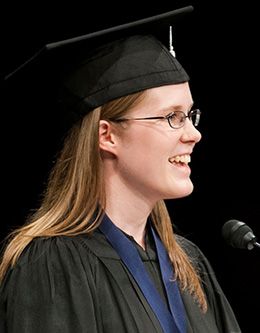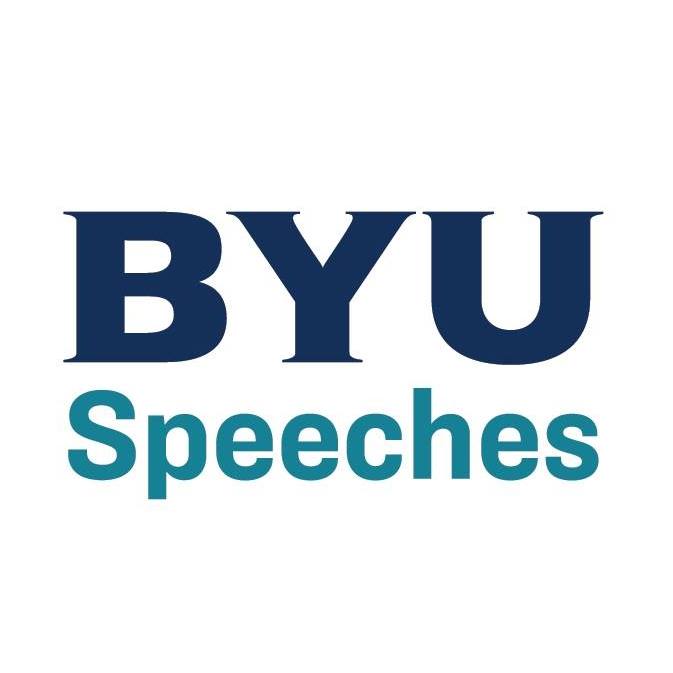Several years ago I had the opportunity of hiking Mount Sinai. It was a very significant experience in my life. I started in the early morning when the stars were still spread across the darkness and watched from the peak of the mountain the world illuminate beneath me as the sun rose. Pilgrims who had come seeking spiritual enlightenment surrounded me, adding a cosmic quality to the journey. I remember thinking I would never experience anything quite like it again. My friend who was with me, however, said that we could have many “Sinai experiences” in our lives and that we should seek these experiences.
Even Moses had several Sinai experiences as recorded in the Old Testament and the Pearl of Great Price. In these experiences the Lord not only presented Moses with his mission and the commandments but also gave him a vision of the earth from her creation to the eternal life of her inhabitants. Like Moses, we have Sinai experiences when from a heightened and spiritual perspective we see and wonder at the workmanship of the Lord’s hands and come to understand our place in the world and our purpose for the future. Our years at Brigham Young University have provided us such Sinai experiences.
When Moses saw the world and the people on it, “he greatly marveled and wondered” (Moses 1:8). From the vantage point of our studies at BYU we have seen the world illuminated from a spiritual perspective and have had access to knowledge in a unique way. Professors who are grounded in the gospel have mentored us in theses, research projects, lab work, and term papers. We have had the opportunity to take classes that have taught us to think differently and to use new symbol systems in math, science, music, and language. These new ways of thinking and symbol systems have caused me to marvel and wonder at the workmanship of the Lord and the workmanship of His children. For example, Professor McNamara’s introductory astronomy class opened the complexities of the cosmos to me in a marvelous way. Professor Duncan’s children’s media course introduced me to a new meaning of the word wonder as he tried to help us regain childlike wonder and foster that wonder through the proper use of media. Professor Mason’s English classes have helped me to see the power of the written word and the intricately expressive qualities of a poem. I have been awestruck by the power of art and architecture while visiting medieval cathedrals, Muslim mosques, or museum exhibits with Professors Britsch and Benfell.
To help him understand his eternal identity, the Lord taught Moses on the mount: “Thou art in the similitude of mine Only Begotten” (Moses 1:6). Our experiences at BYU have helped us to better understand that we are in similitude of the Savior and belong to the great family encompassing all of the people of the earth. In one of his Sinai experiences, Moses was shown all the generations of the earth. While perhaps our vision at BYU has not been that comprehensive, hopefully we are leaving with an enhanced understanding of our brothers and sisters. Devotionals, forums, publications, and activities have connected us with people who speak dozens of languages, have degrees in many fields, and are studying a great variety of subjects. From Professor Toronto’s Islamic humanities class to family history courses to films at International Cinema, I feel that I now better understand many of Heavenly Father’s children from different places, cultures, and times. Standing in the trenches of the First World War with Professor Tate has given me a greater respect and reverence for life and for the worth of a soul. We are surrounded by returned missionaries who have taught the gospel to the Lord’s children in nearly every corner of the globe. At BYU we have learned, like Moses, by example and experience that the immortality and eternal life of man are God’s work and glory.
Once Moses had seen the vision of God’s work, the Lord told him, “I have a work for thee, Moses, my son” (Moses 1:6). Here we pause. We can insert our own name. This is our challenge, to find our own work and join it with the Lord’s. Throughout our experiences at BYU we have marveled and wondered at the workmanship of the Lord and have come to better understand the purpose and future of God’s children. Now we have a work to do. Having experienced Sinai, we must decide how we will return to Sinai and commit to create Sinai-like experiences for others and ourselves. We now leave BYU changed and committed to a lifelong responsibility to serve and learn. In his farewell address Moses admonished the children of Israel to remember the day they stood at Sinai; like them, we too can look back to our BYU experience as a type or pattern for our future lives. We must continue to seek and recognize new Sinai experiences. As Elizabeth Barrett Browning wrote:
Earth’s crammed with heaven,
And every common bush afire with God;
But only he who sees, takes off his shoes.
[Aurora Leigh (1857), book 7, lines 820–23]
I have a testimony of our Savior Jesus Christ in whose similitude we are and in whose work we join. In the name of Jesus Christ, amen.
© Brigham Young University. All rights reserved.

Rachel Ann Seely spoke as the representative of her graduating class at BYU commencement on 16 August 2007.


